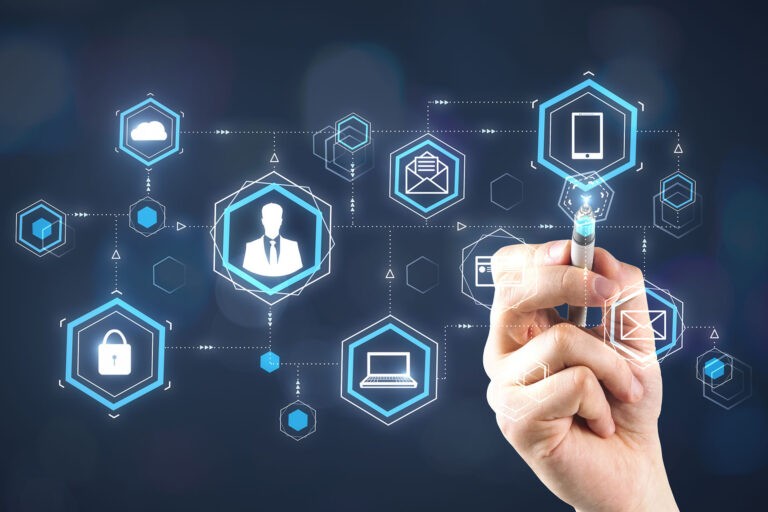Look at the mirror and foresee the future of telecommunications
By Martin Laesch, Chief Technology Officer at Neural Technologies
The adoption of 5G will unleash the full potential of augmented and virtual reality, smart Cities and the internet of things (IoT); presenting opportunities for communications service providers (CSPs) to strengthen current revenue sources or create entirely new revenue streams. Consumers continue to display an insatiable appetite for data, and with the consumption of data-hungry applications securing a place in consumers’ daily lives, this is set to continue exponentially into the future.
CSPs currently face ever-increasing challenges of leveraging 5G networks and offering customers new types of services. To overcome this challenge, new digital technologies are required to automate complex business processes to provide customers with the new personalized service they have come to expect in a fast-evolving, digital world.
By 2025, CSPs should already be leveraging 5G networks to offer new types of services to various customer segments. The challenges of this endeavor will lie in the ability to scale telco platforms, automate lifecycle management of network slices and incorporate predictive demand and maintenance – all while ensuring operational efficiency and a behind the scenes workforce to support the optimization of the platform.
Using automation to improve customer services
To address these challenges, an analytical data model (Artificial Intelligence (AI) Data Model) and machine learning (ML) were used to develop the digital twins technology, and tested as part of the 2019 TM Forum Digital Twins catalyst project.
The technology serves as a virtual representation of a real-world entity or system which acts as a mirror to provide a means to simulate, predict and forecast behavior in the digital world. As part of the catalyst project, the digital twins technology was applied to various use cases such as a network, people, organizations and processes to determine their effectiveness in being applied to the telecoms industry in order to address the above 2025 challenges.
For the digital twins technology to be possible, a common data model is essential. All data needs to be classified and structured in the same way for the digital technology to perform. Digital integration is the first step to making this possible.
One example of a digital twin is that of a customer. This customer digital twin will be represented in a heatmap with icons helping to visualize aspects of their digital lifestyle, such as whether they spend a lot of time gaming, have high mobile usage and are physically inactive. This twin can then be used by the CSP to tailor messages to that individual. For example, the digital twin may show that the customer has a low step count which could trigger a notification to the individual to be more active.
Using a digital twin, operators can also determine where there will be a significant increase in latency within the network and then share that information with the customer’s digital twin to find out what is going to be affected to determine the next best action.
The digital twin can also speed up product development cycles, save time and money, and create new business models based on intelligent outcomes, allowing enterprises to personalize the customer experience and meet their precise demands. In return, this enables enterprises to grow and improve their customer base through targeted campaigns and provide tailored services and promotions. In turn, this generates greater customer loyalty and retention as well as customer spending through personalization with timely bespoke offers.
Proven methods for the future
The TM Forum Digital Twins catalyst project proved that digital twins not only work for the manufacturing industry but for the telecommunications space as well. As part of the project, Neural Technologies successfully created a customer twin alongside the collaborative development of a mobile network twin and an enterprise IP network twin all originating from the core AI data model.
In addition, the catalyst project also demonstrated real-time communication between the twins. Using the proposed TM Forum Open Application Program Interfaces (APIs), Neural Technologies was able to share such simulated, forecasted and predicted outcomes so that each individual twin was able to recommend a more informed action, instead of a siloed view.
Ultimately through using digital twin technologies in the telecommunications industry, a more holistic view across the whole of the operator’s network will be achievable, making it possible to not only make more informed recommended actions but equally faster decisions. As a result, all such ‘what if’ scenarios could now be done in the virtual world without affecting the real world.

Next to the challenges the telecommunications industry will face with the ever-growing volumes of usage data, software vendors like Neural Technologies need to provide solutions which are able to exchange data with any kind of connected system. Information exchange between systems will be key and the usage of real time APIs will grow. Industry standards for these APIs, like those specified through the TM Forum Open APIs, will help to standardize the exchange of information which Neural Technologies fully support already today.
With more data becoming available through the internet of things and 5G in the future, operators need to prepare themselves to leverage this data. Data is every operator’s asset, using AI and ML, these assets can be mobilized to enable CSPs to strengthen current revenue sources by creating entirely new revenue streams. Ready to help CSPs achieve these goals, Neural Technologies’ state-of-the-art digital transformation and analytical technologies can help CSPs to leverage this data and create new
